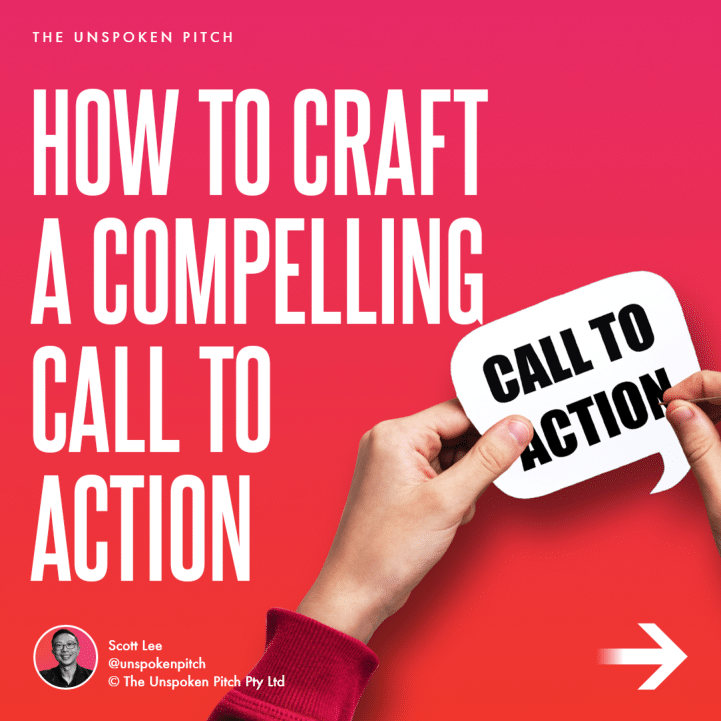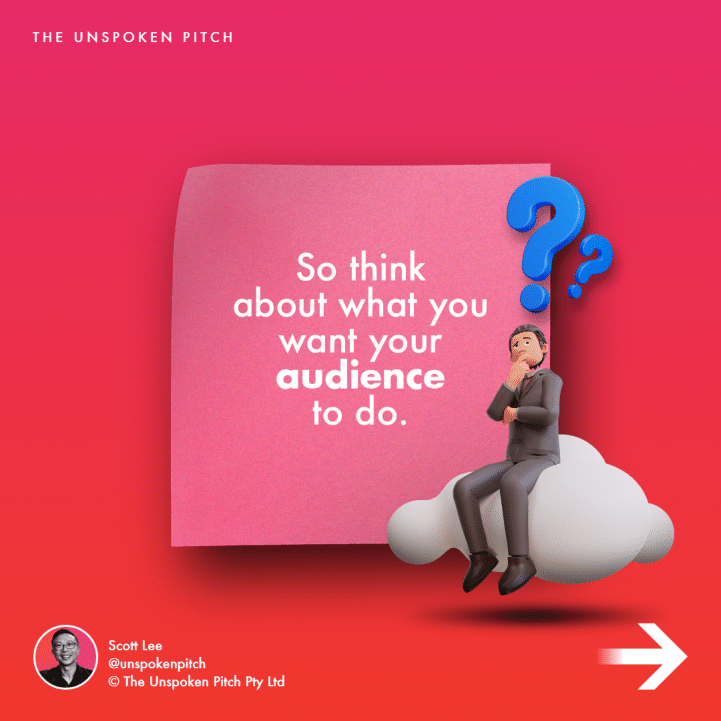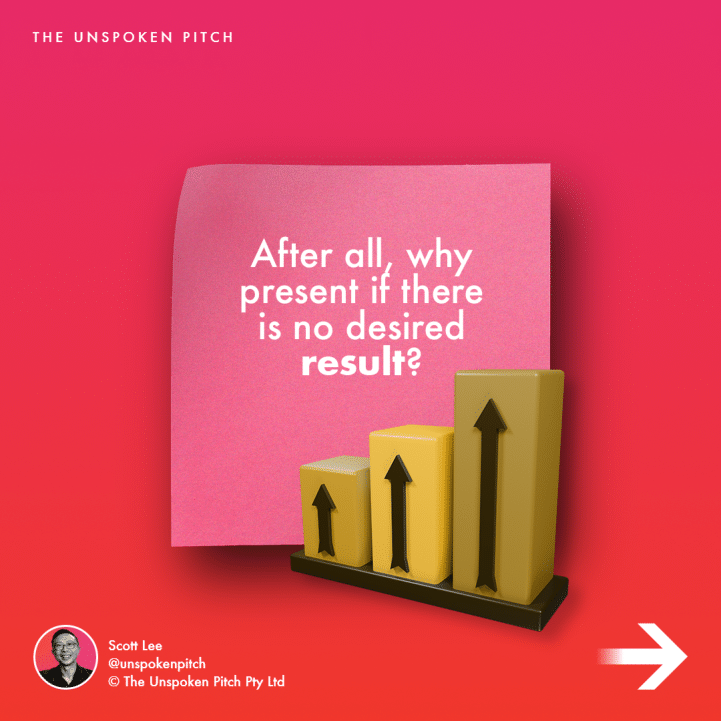Unveiling the Value: How to Craft a Compelling Product Pitch

As an architect and interior design expert, I’ve seen firsthand how the right presentation can transform a space, and the same principle applies to your product or service. To truly connect with your ideal customer, you need to go beyond simply listing features; you need to articulate the benefits that those features deliver. This is where the art of storytelling comes in.
Here’s a breakdown of the key elements to consider when crafting your pitch:

1. Define Your Ideal Customer:
Before you can effectively communicate the value of your product, you need to know who you’re talking to. Ask yourself:
- What are their pain points? What challenges are they facing that your product can solve?
- What are their aspirations? What are they hoping to achieve with your product?
- What are their values? What are their priorities and beliefs that your product aligns with?


Once you have a clear understanding of your ideal customer, you can tailor your message to resonate with their needs and desires.

2. Identify the Core Features and Benefits:
Think about the key features of your product or service and how they translate into tangible benefits for your customer. Here’s a helpful framework:

- Feature: A specific characteristic or capability of your product.
- Benefit: The positive outcome or value that the feature provides to the customer.


Example:

- Feature: High-resolution camera in a smartphone
- Benefit: Capture stunning photos and videos for social media, memories, or professional use.

3. Prioritize the Most Compelling Benefits:
Not all features are created equal. Focus on highlighting the benefits that are most likely to resonate with your ideal customer. Consider:

- Problem-solving: Does your product address a specific pain point?
- Desire fulfillment: Does your product help them achieve a specific goal or aspiration?
- Value proposition: What unique value does your product offer compared to competitors?


4. Craft a Compelling Narrative:
Instead of simply listing features, weave a story around your product. This can be done through:
- Anecdotes: Share real-life stories of how your product has helped customers.
- Testimonials: Include quotes from satisfied customers.
- Case studies: Present in-depth examples of how your product has been successfully implemented.
- Visuals: Use high-quality images, videos, and graphics to showcase your product in action.
5. Use Clear and Concise Language:
Avoid jargon and technical terms that your ideal customer may not understand. Use simple, straightforward language that is easy to comprehend.
6. Highlight the "Why It Matters":
Don’t just tell your customer what your product does; explain why it matters to them. Connect the benefits to their personal needs and aspirations.
Example:
Instead of: "Our software has a user-friendly interface."
Say: "Our software is so easy to use, even your grandmother could learn it. This means you can focus on what matters most, not on complicated technology."
7. Emphasize the "What’s in it for Me" Factor:
Always keep your customer’s perspective in mind. Answer the question: "What will they gain by choosing your product?"
8. Use Powerful Call to Action:
End your pitch with a clear and concise call to action that encourages the customer to take the next step. This could be:
- Visit your website: "Learn more about our product at [website address]."
- Request a demo: "Schedule a free demo to see our product in action."
- Make a purchase: "Order your product today and enjoy free shipping."
Example Pitch Structure:
Introduction: Briefly introduce your product and its purpose.
Problem: Highlight the pain point your product solves.
Solution: Introduce your product as the solution.
Benefits: Explain the key benefits of your product.
Proof: Provide evidence (testimonials, case studies) to support your claims.
Call to Action: Encourage the customer to take the next step.
Remember: Your goal is to create a compelling narrative that resonates with your ideal customer and inspires them to choose your product or service.

